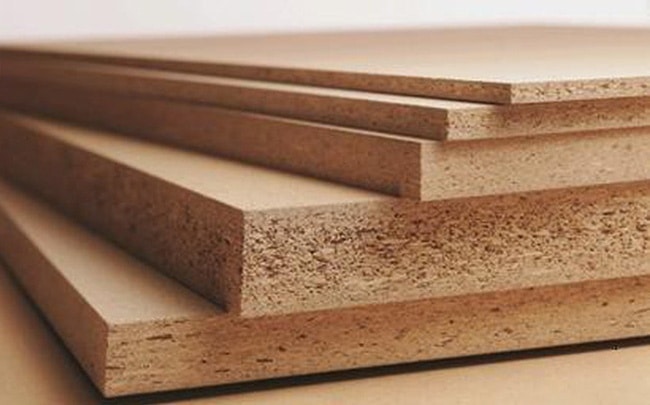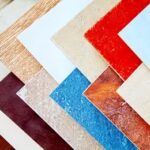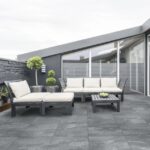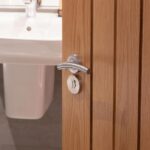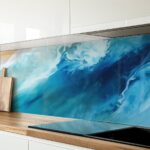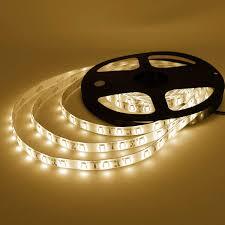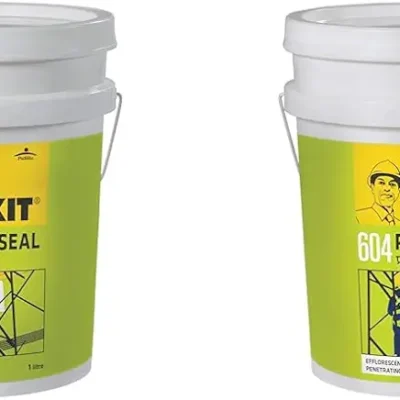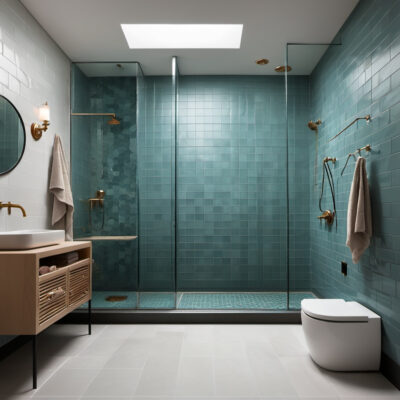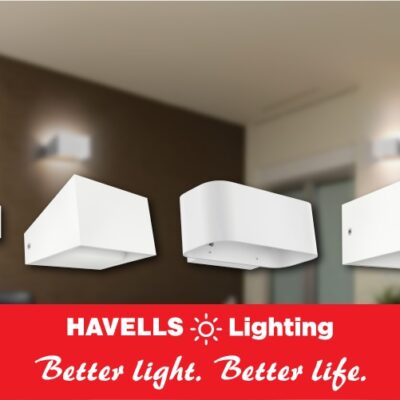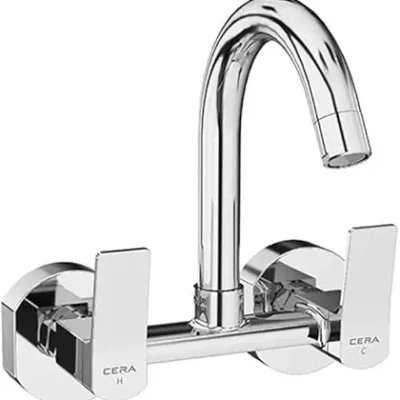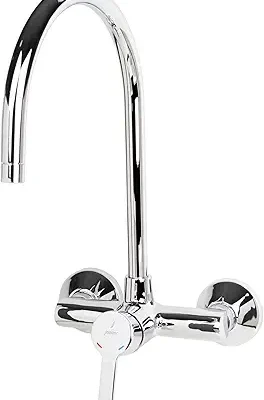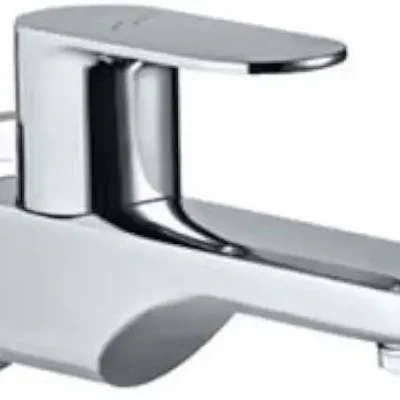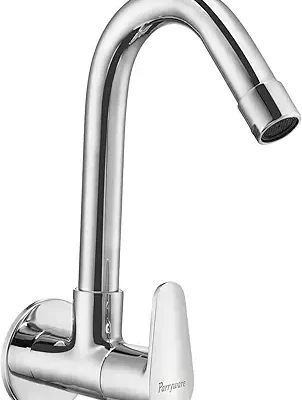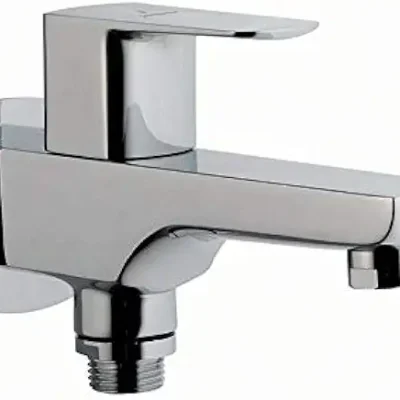Here are most common materials used for making Modular kitchens
1. Wood
Wood offers a classic and timeless appeal, making it a popular choice for kitchen cabinetry. It can be customized easily to fit different styles.
Pros: Durable, aesthetic appeal, and can be refinished or repainted.
Cons: May not sustain heat and moisture present in kitchen, high price, vulnerable to termites.
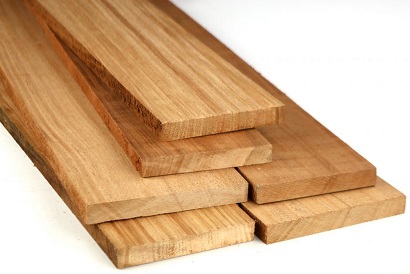
2. Plywood
Plywood is made from multiple layers of wood veneers, offering strength and stability. It is a versatile material for cabinets and surfaces. Water-resistance variations such as Boiling Water Resistant Ply and Moisture Resistant (MR) Ply are popular.
Pros: Strong, resistant to moisture, and less likely to warp ( bend) than solid wood.
Cons: Can be more expensive than particle board and may not have the same natural look as solid wood.
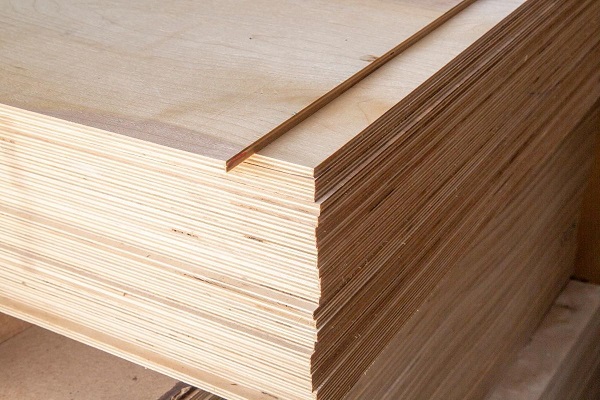
3. MDF (Medium-Density Fiberboard)
MDF is an engineered wood product made from wood fibers and resin, known for its smooth surface and versatility in design.
Pros: Smooth surface for painting, cost-effective, more resistant to termites.
Cons: MDF does not hold nails and screws well, not as durable as plywood; susceptible to water damage if not sealed properly.
4. Particle Board
Particle board is made from compressed wood particles & saw dust. It cannot support much weight and its quality is always questionable. It is commonly used for budget-friendly kitchen solutions.
Pros: Inexpensive and lightweight, making it easy to transport and handle.
Cons: Less durable than other materials and can sag under heavy weight, doesn’t hold screws and nails tightly, vulnerable to moisture damage.
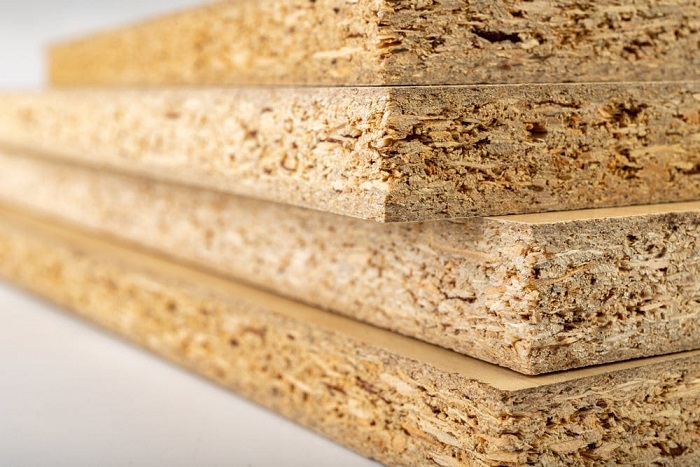
5. PVC (Polyvinyl Chloride)
PVC is a synthetic plastic material that is increasingly used in modular kitchens for its durability and water resistance.
Pros: Waterproof, easy to clean, cost effective and resistant to termites and rot.
Cons: Limited heat resistance, can wrap (bend) under high temperatures, less aesthetic, less eco-friendly compared to natural materials
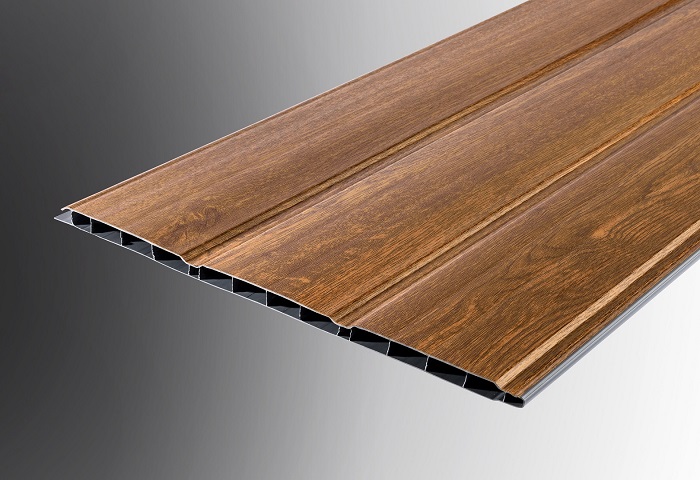
6. Stainless Steel
Stainless steel is a modern material known for its sleek appearance and high durability, often used in professional kitchens.
Pros: Highly durable, corrosion, moisture, termite & heat resistant, and easy to clean.
Cons: Can scratch easily, may dent, and can be prone to fingerprints and smudges. Expensive.
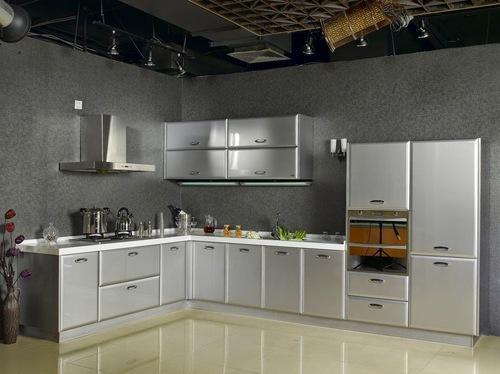
FAQs
Modular kitchens consist of pre-fabricated cabinets that can be assembled in various configurations to fit the space and meet the needs of the user.
Modular kitchens are more expensive than traditional kitchens for a variety of reasons, including the cost of materials ( better quality, finish & brand), customization options ( integrated appliances) etc, design and planning & installation.
This depends on your choice of aesthetics & cost. Plywood is popular due to its durability and resistance to moisture and offers a good balance of quality and cost. MDF is cost-effective, provides a smooth finish but is less durable. Stainless steel & PVC are excellent for moisture resistance and modern aesthetics, but are more expensive.
For modular kitchens, plywood is better than MDF because of its durability & strength (more resilient under heavy loads). Plywood is also resistant to moisture and warping (bending). MDF is cost effective but less durable. It offers a smooth surface for painting and finishing but is more susceptible to water damage.
HDHMR (High Density high moisture resistant ) board is often considered better than plywood for modular kitchens due to its superior moisture resistance and durability. HDHMR is more expensive than plywood. However, its long-term durability can offset the initial cost.
A budget range kitchen will cost around Rs 1 – 2 lakhs. Midrange modular kitchen will cost around Rs 2.5–4.5 lakhs. High end kitchens cost more, around Rs 5 to 8 lakhs. Note that the cost largely depends on material used, layouts ( U shaped, Island etc), customizations. This doesn’t include the cost of Appliances such as Refrigerators, Inbuilt microwave/ oven, Chimney, Dishwasher etc.

